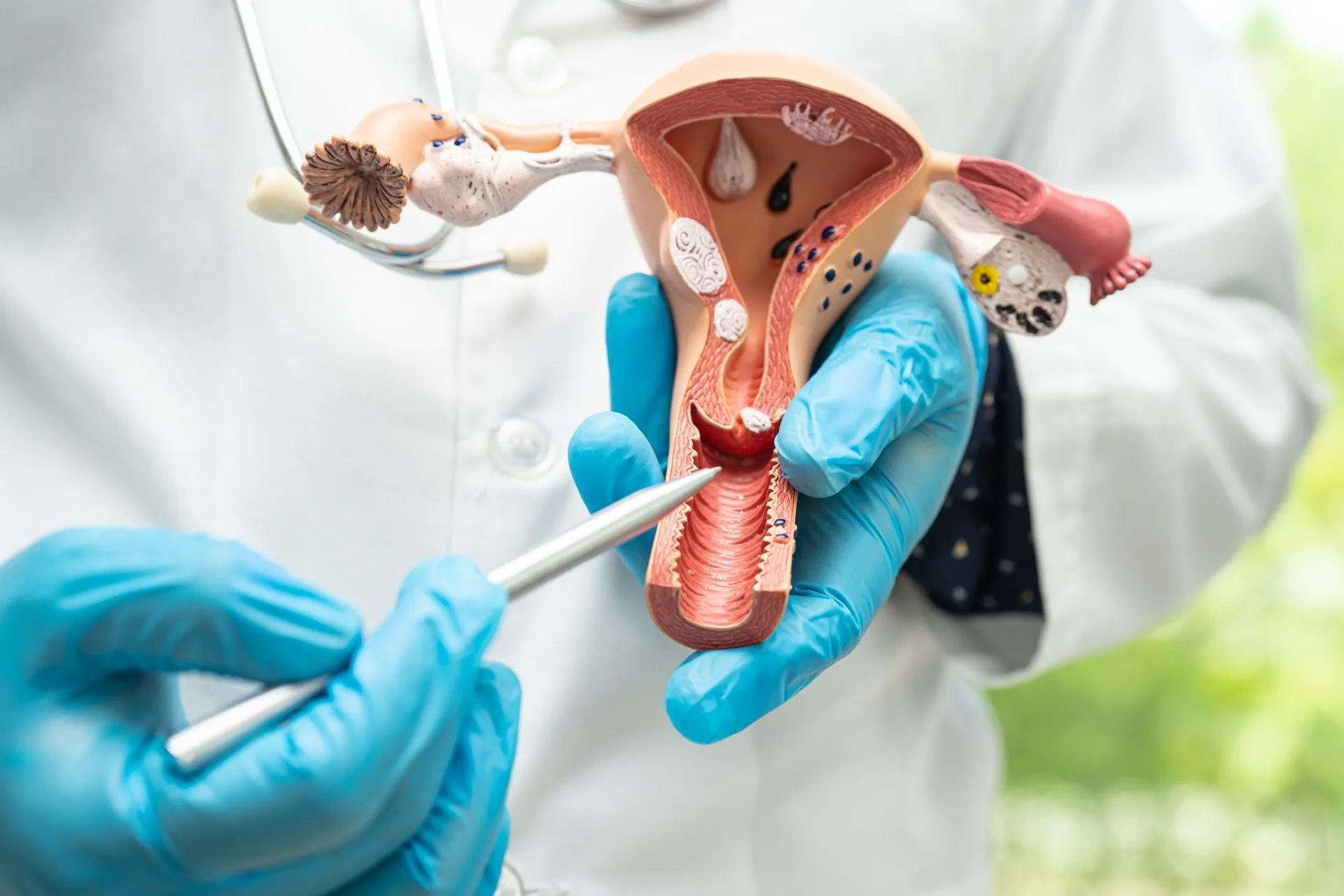
Hysterosalpingography (HSG)
HSG is an important imaging method for female reproductive health, quality of life, and the ability to conceive. It plays a critical role in evaluating the uterus and fallopian tubes, especially for women planning pregnancy.
What is Hysterosalpingography?
Hysterosalpingography is a radiological examination that visualizes the uterus and fallopian tubes. It helps assess uterine cavity and tube patency. HSG is commonly used in women with infertility issues to detect blocked tubes or uterine abnormalities. Contrast material is introduced into the uterus, and X-ray imaging is performed.
How is HSG Performed?
1. Preparation
- Performed 7-10 days after the end of menstruation to reduce pregnancy risk.
- Ensures safety and optimal imaging results.
2. Position and Cleaning
The patient is placed in gynecological position and the genital area is cleaned.
3. Contrast Material Application
A thin catheter is inserted into the cervix, contrast material is applied, and X-ray imaging is performed to view the uterus and tubes.
4. Imaging
- Uterus and tubes are observed on the screen.
- Blockages or abnormalities are identified.
- The procedure usually lasts 15-30 minutes. Mild cramps or pressure sensations are normal.
Who Should Have HSG?
- Infertility Issues: Women unable to conceive after one year of unprotected intercourse.
- Previous Uterine Surgery: To check for adhesions or uterine abnormalities.
- Recurrent Miscarriages: Evaluates uterine cavity structure.
- Postpartum Abnormalities: Suspicion of uterine adhesions or shape irregularities after birth.
Benefits of HSG
- Check Tube Patency: Identifies causes of infertility.
- Assess Uterus Structure: Detects polyps, fibroids, or adhesions.
- Guides Pregnancy Planning: Determines treatment options.
- Quick and Effective Test: Immediate results.
- Reduces Need for Surgery: Some issues may be treated without surgical intervention.
After the Procedure
- Mild cramps or spotting may occur.
- Avoid sexual activity for 24 hours.
- Painkillers can be taken as recommended by a doctor.
- Maintain hygiene to reduce infection risk.
Female Health and HSG
HSG not only checks tube patency but also evaluates the uterine cavity. Early detection of adhesions, polyps, or fibroids increases the chances of pregnancy and allows minimal intervention. It is a safe, short, and well-tolerated procedure.
Note: Always consult a gynecologist before HSG. Regular check-ups and proper medical care support a healthy reproductive process.